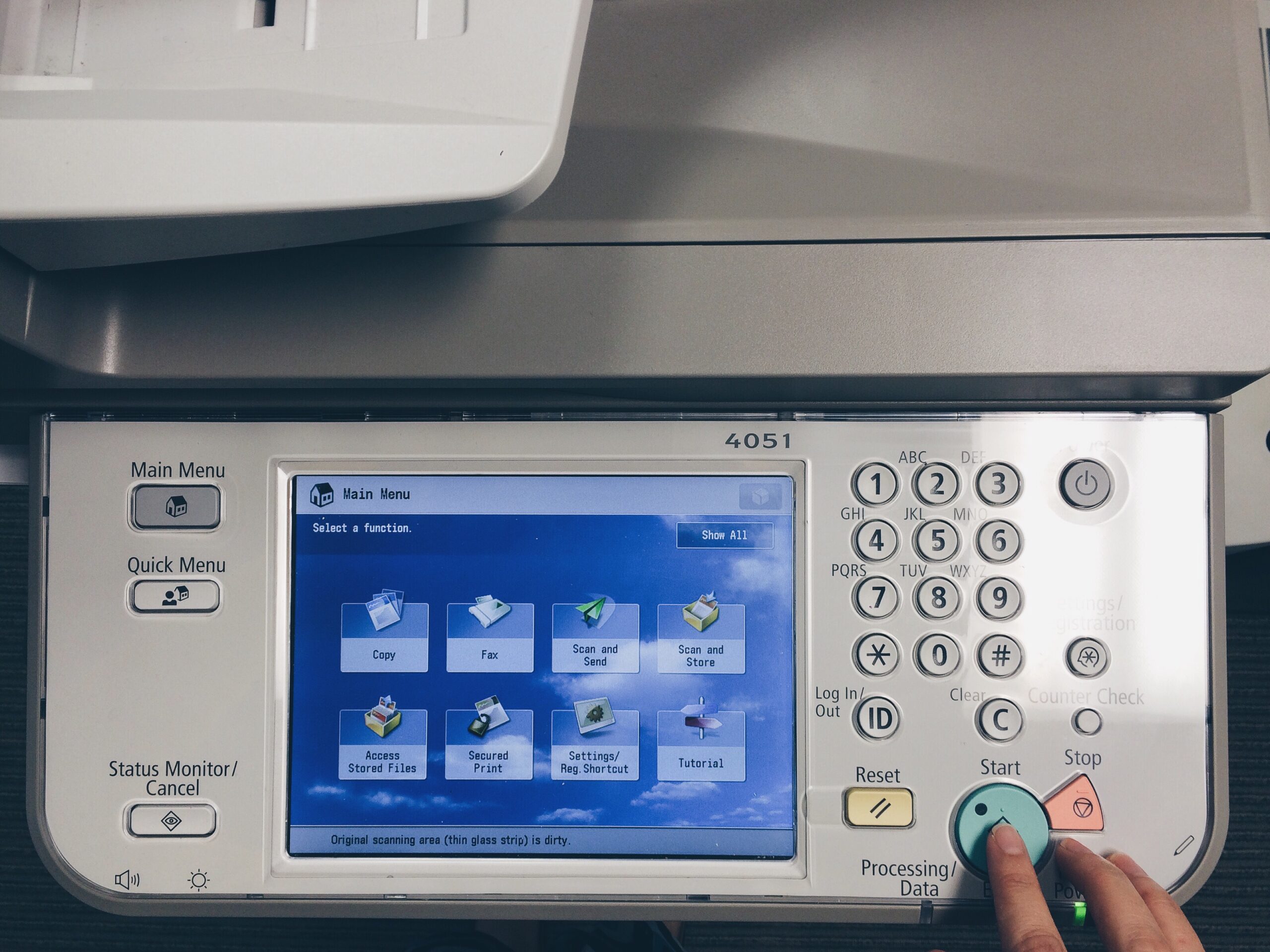When owning a small business, trying to make a profit and a name for yourself also means trying to save money where you can. After all, owning a business isn’t cheap and requires a lot of upfront and overhead costs.
And for many small businesses, the cost of printing is a very big deal. You have to take into account not only the paper and ink costs, but also maintenance or replacements when the time comes (and it definitely will!). Those printing costs can really eat into the bottom line, causing real problems for small business owners and the employees who rely on them.
If you’re a small business owner, trimming the high cost of printing could be a game-changer. Here are nine ways to tackle printing costs for your small business.
1. Print in Black and White Ink
Color ink costs more than your typical black and white cartridges. Instead of eating away at your profits by using colored ink, consider saving your colored ink for important projects or other necessary occasions.
2. Print Double-sided
Printing pages on both sides of your paper can help reduce your paper usage by 50 percent. Many printers today have the option of duplex printing so you don’t need to feed the paper through yourself, which ends up saving time, hassle and money.
3. Print + Preview
This might seem obvious, but most people skip this step when printing out paperwork and once it’s printed, they realize the margins are off, or they need to fit a table onto only one page, but it’s on two pages. Using the print preview option and thoroughly going over your document can prevent you from wasting paper and having to do a reprint.
4. Save to PDF
Do you really need a physical copy of what you’re wanting to print? This is a question you should ask yourself, and encourage your employees to ask themselves, before a print job. If the answer is ‘no,’ then consider saving as a PDF instead. If you ever do need a physical copy, you’ll always have the PDF to go back to and print when or if you need it.
5. Reduce Margins
Microsoft Word has the margins defaulted to 1.25, and yes, it does look nice. But if whatever you’re printing is for personal use, you can easily reduce the margins to fit more text on one sheet of paper. So in turn, reducing your paper margins could increase your profit margins!
6. Put Your Printer to Sleep
Electronics are notorious for using up energy just by being plugged in. To prevent your printer or copier from using up energy and racking up your energy bill, put them to sleep during the night and over the weekend when they aren’t being used.
7. Only Print What You Need
If there is a 20-page ebook that you received, but you only need information from two or three pages, only print those pages. Printing out 20 or more pages of anything is a lot for one print job, so printing only what you need will be beneficial to saving ink and paper.
8. Wait To Reprint
So, your document didn’t print immediately? That doesn’t warrant trying to print it again and again. Maybe the paper tray is empty, the ink is out or the paper got jammed. Instead of trying to reprint your document, check the printer to see if it’s good to go and double-check the queue to make sure your document is still there. The last thing you want when trying to cut costs is three prints of the same thing.
9. Scan Instead
When giving someone a copy of a document, ask if they’d rather have a digital version instead. If yes, scan to your email instead of copying and printing out another version. This is a great way to cut costs because not everyone likes having physical copies to keep track of.
To learn more about how a new copier or printer can save your business money, contact Office Systems in Victoria or Corpus Christi today!


[…] system isn’t an enjoyable thing to do, but it’s worthwhile; you’ll end up saving costs and increasing your office’s […]